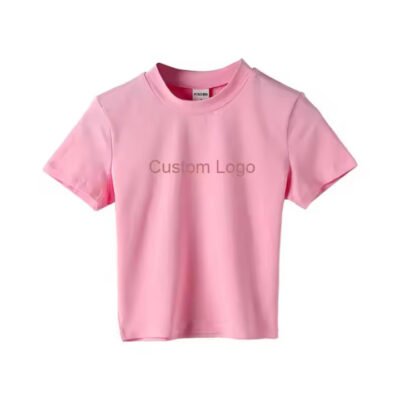Running a successful online clothing store requires a combination of strategic planning, attention to detail, and a deep understanding of your target market. Here’s a detailed guide on how to effectively run a good clothing online store:
1. Identify Your Niche and Target Audience
- Market Research: Begin by conducting thorough market research to identify a profitable niche. Understand current fashion trends, consumer behavior, and potential gaps in the market that your store could fill.
- Target Audience: Define your target audience in terms of demographics, interests, and purchasing behavior. This will help you tailor your products, marketing strategies, and overall brand image to attract the right customers.
2. Develop a Strong Brand Identity
- Brand Story: Craft a compelling brand story that resonates with your target audience. Your brand should communicate your values, mission, and what sets you apart from competitors.
- Visual Identity: Invest in professional branding elements such as a logo, color scheme, and typography that reflect your store’s identity. Consistency across your website, social media, and packaging helps in creating a strong brand presence.
3. Create a User-Friendly Website
- Platform Selection: Choose an e-commerce platform that suits your needs. Popular options include Shopify, WooCommerce, and BigCommerce, each offering various features like customizable templates, payment gateways, and SEO tools.
- Design and Navigation: Ensure your website is visually appealing, easy to navigate, and mobile-responsive. A clutter-free design with intuitive navigation can significantly enhance the shopping experience.
- Product Pages: Create detailed product pages with high-quality images, descriptions, and customer reviews. Consider offering a sizing guide and fabric details to reduce return rates.
4. Build a Robust Inventory Management System
- Inventory Tracking: Use an inventory management system to keep track of stock levels, manage reorders, and avoid overselling. This helps in maintaining a smooth operational flow and ensures that popular items are always in stock.
- Supplier Relationships: Establish strong relationships with reliable suppliers. Consistent quality and timely delivery are crucial for customer satisfaction.
5. Implement Effective Marketing Strategies
- Content Marketing: Develop a content marketing strategy that includes blog posts, videos, and social media updates to engage your audience. Fashion tips, behind-the-scenes looks, and styling guides can position your brand as an authority in the industry.
- Social Media Presence: Utilize social media platforms like Instagram, Facebook, and TikTok to promote your products. Influencer collaborations, giveaways, and user-generated content can boost your store’s visibility.
- Email Marketing: Build an email list and send regular newsletters with exclusive offers, new arrivals, and personalized recommendations. This keeps your audience engaged and encourages repeat purchases.
6. Optimize for Search Engines
- SEO Best Practices: Implement SEO strategies to improve your website’s visibility on search engines. Focus on optimizing product titles, descriptions, meta tags, and image alt texts with relevant keywords.
- Blogging: Regularly update your blog with content related to fashion trends, styling tips, and industry news. This not only engages your audience but also improves your site’s SEO.
7. Offer Exceptional Customer Service
- Responsive Support: Provide multiple customer support channels, including email, chat, and phone. Respond promptly to inquiries and resolve issues efficiently.
- Return and Refund Policy: Have a clear and fair return and refund policy. Make the process easy for customers to boost their confidence in purchasing from your store.
- Personalization: Use customer data to offer personalized shopping experiences, such as product recommendations based on past purchases or tailored email offers.
8. Monitor Analytics and Adjust Strategies
- Track Performance: Use tools like Google Analytics to monitor your website’s performance. Keep an eye on metrics like traffic sources, conversion rates, and bounce rates.
- A/B Testing: Conduct A/B tests on different elements of your site, such as headlines, product descriptions, and call-to-action buttons, to see what works best.
- Adjust Strategies: Based on your analytics, be ready to tweak your marketing strategies, website layout, or product offerings to optimize performance.
9. Plan for Scalability
- Automation Tools: As your business grows, use automation tools to manage repetitive tasks like order processing, inventory management, and email marketing.
- Expand Product Range: Gradually expand your product range based on customer feedback and market demand. Consider adding complementary items or launching seasonal collections.
- Customer Loyalty Programs: Implement a loyalty program to reward repeat customers. Points systems, exclusive discounts, or early access to new products can encourage customer retention.
10. Stay Updated with Industry Trends
- Industry News: Keep up with the latest developments in the fashion industry to stay ahead of trends. Attend industry events, follow fashion blogs, and keep an eye on competitors.
- Customer Feedback: Regularly seek feedback from customers to understand their needs and expectations. Use this information to improve your products and services.
Running a good online clothing store requires a mix of creativity, strategic planning, and adaptability. By focusing on delivering a seamless shopping experience, building a strong brand, and staying attuned to your customers’ needs, you can establish a successful and thriving online business.








